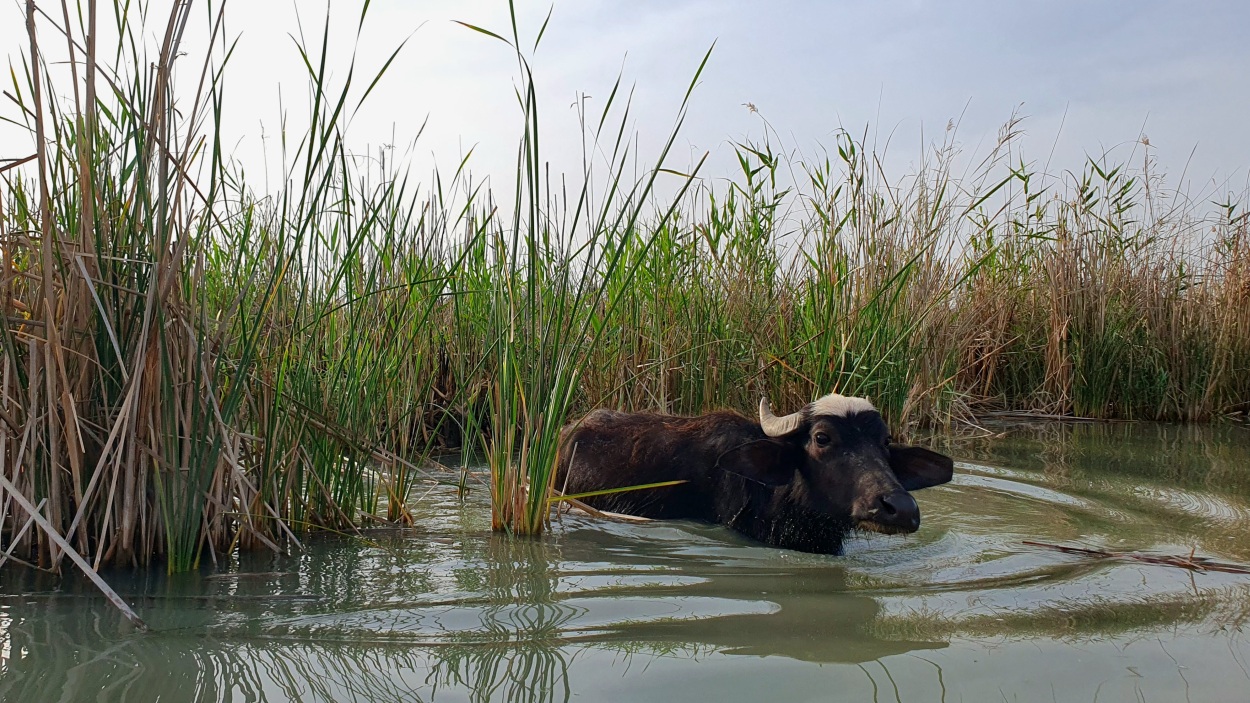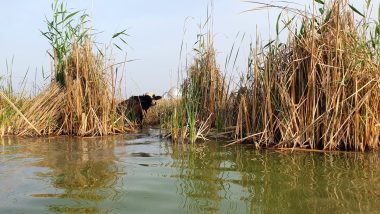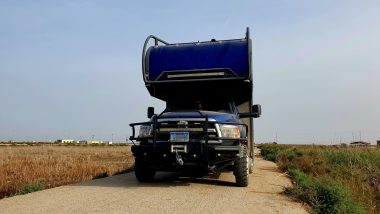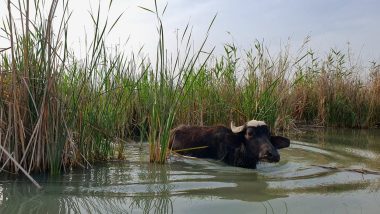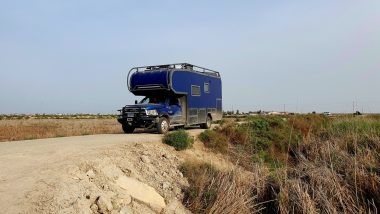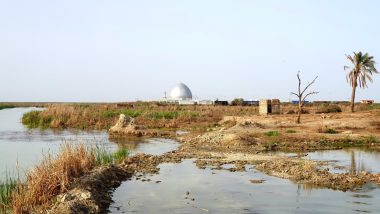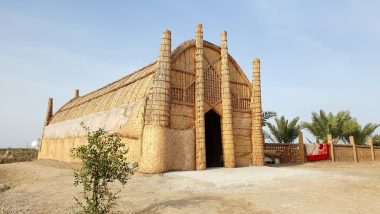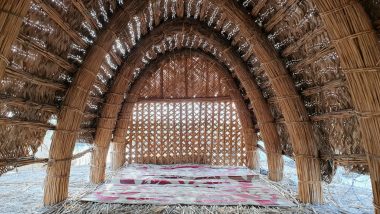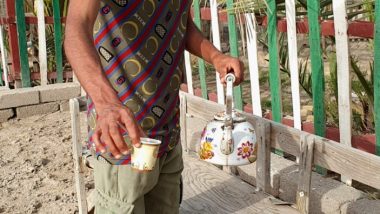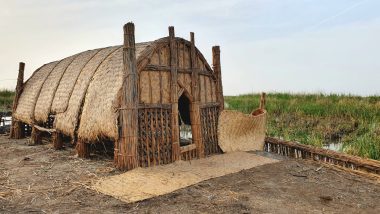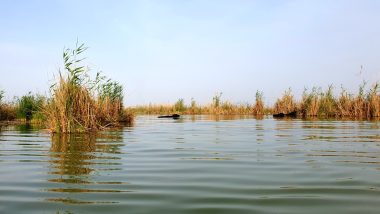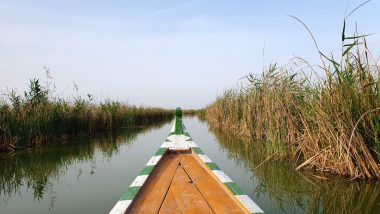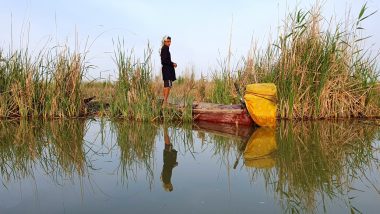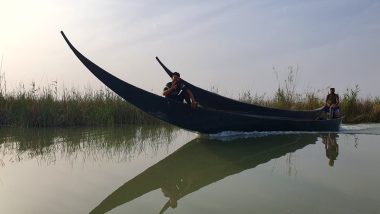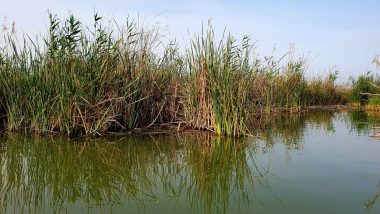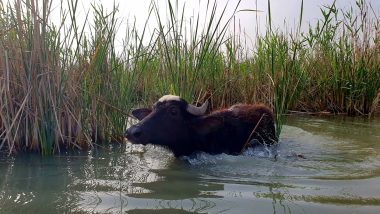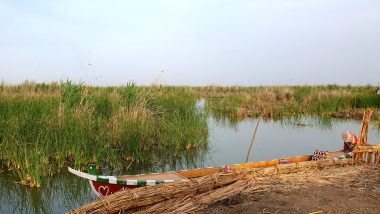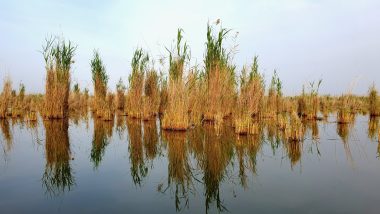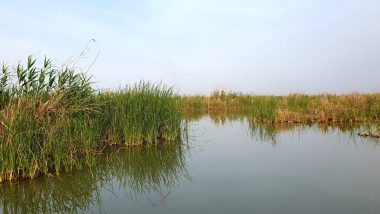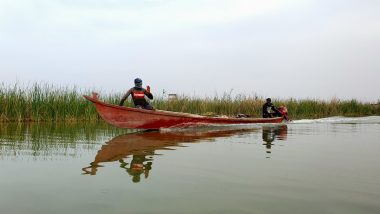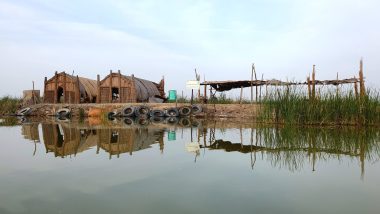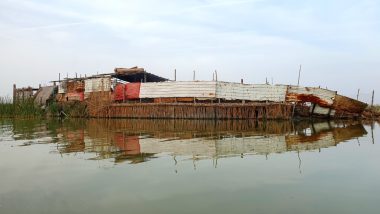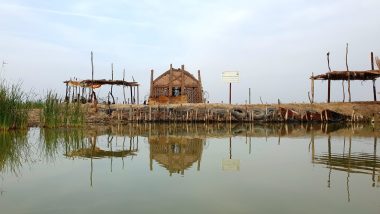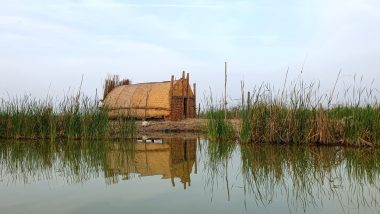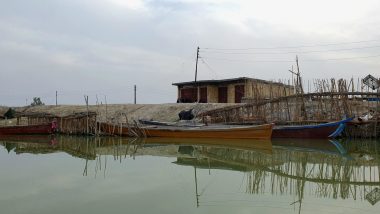The Mesopotamian marshes, also called the Iraqi marshlands, are one of the most famous wetlands in the world and one of the most beautiful places in Iraq. It’s a huge swamp area located on the floodplains of the Euphrates and Tigris rivers, bound by the cities of Basra, Nasiriyah, Amarah, and a portion of southwestern Iran. It used to be the largest wetland ecosystem of Western Eurasia.
Saddam Hussein, the president of Iraq (1979-2003), drained the wetlands of Iraq in 1991 to punish the Marsh Arabs for participating in the 1991 Iraqi uprisings against him. This event, also known as the Gulf War draining, is considered one of the most tragic human and environmental catastrophes of the 20th century. As a result of the draining, the size of the wetlands has been reduced to one-tenth of its original size.
The unique wetland landscape is home to the Marsh people, descended from the Ur, Sumer, and Babylon civilizations, who have developed a unique culture tightly coupled to the landscape – harvesting reeds and rice, fishing, and herding water buffalo.
We took a boat called a mashuf, traditionally used for fishing, to explore the area. This long and narrow canoe is perfect for getting around the grasses and reeds of the marshes, and it costs us 40000 IQD for two hours. After that, we took a dinner served by a local family (20000 IQD) in a traditional reed house called Mudhif. It is a guest house where you can rest and have a meal and refreshments. Traditionally, this is where the locals accept their guests and gather for weddings and funerals.
Parking location – Chibayish: 30.972992N 47.040134E (🚻, 💦)


